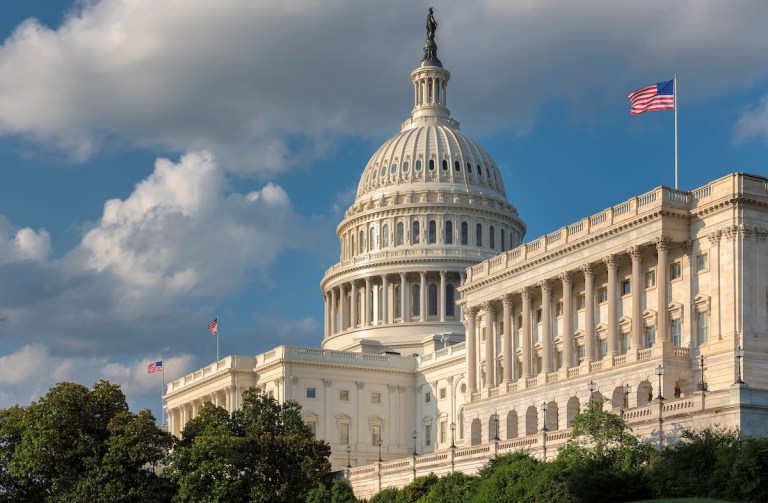New Legislation Could Exempt Banks From Durbin’s Debit Fee Cap Impact

For banks eyeing the impact of the Durbin Amendment — and the prospect of debit interchange caps — there might be some relief coming from Congress.
A bill that was approved by the House Financial Services Committee — the Bank Resilience and Regulatory Improvement Act — would, among other things, raise the “threshold” to which the Durbin Amendment would apply. That threshold would come up to $50 billion from the current $10 billion.
The Durbin regulation, generally speaking, caps interchange rates, or the fees charged by banks to merchants when customers swipe their debit cards. By raising the threshold, the logic follows that more banks would be exempt from caps.
Moves to the Full House
The act now may advance to a vote by the full House of Representatives.
The Federal Reserve opened a commentary period last fall to mull debit interchange caps, where the “base component” of the interchange fee cap would be shaved to 14.4 cents from 21 cents. The proposed rulemaking would also reduce the ad valorem component to 0.04% from the current 0.05%. The net impact is that the fees would be lowered by about 28%.
The commentary period ended earlier this month. Banks and industry trade groups told regulators in a letter that capping fees would wind up “driving up costs to consumers for basic deposit accounts (disproportionately harming low-income and underserved consumers) and degrading the ability of banks and credit unions” to invest in payments innovation.
Which Banks Pass the $50 Billion Threshold?
According to a first-quarter survey by the Federal Reserve, only about 40 banks out of more than 2,100 U.S. chartered banks listed have assets topping $50 billion. The implication here is that if more banks were exempt, they would have more revenue intact, and they could then invest in innovations.
The merchant community contended that the lowered caps were a good move that would save consumers and merchants billions of dollars.
In the paper “The Impact of the U.S. Debit Card Interchange Fee Caps on Consumer Welfare: An Event Study Analysis,” economist David Evans wrote that banking customers “lost more on the bank side than they gained on the merchant side,” by as much as $25 billion in discounted value dollars, as a result of the interchange fee caps implemented by the 2010 Durbin Amendment.
Growing Use of Debit
In the meantime, PYMNTS Intelligence data showed that consumers are opting to use debit more often across several spending categories. By way of example, debit cards have garnered a 55% share of consumer spending, as housed in digital wallets, versus the 40% share of buying done on credit. The use of cash on hand — spending what’s in the bank account via debit — was up 23% for retail purchases, as measured in the most recent quarter. Cash spending at restaurants was up 12% in the most recent quarter. Thirty-six percent of affluent younger shoppers also opt for debit spending.